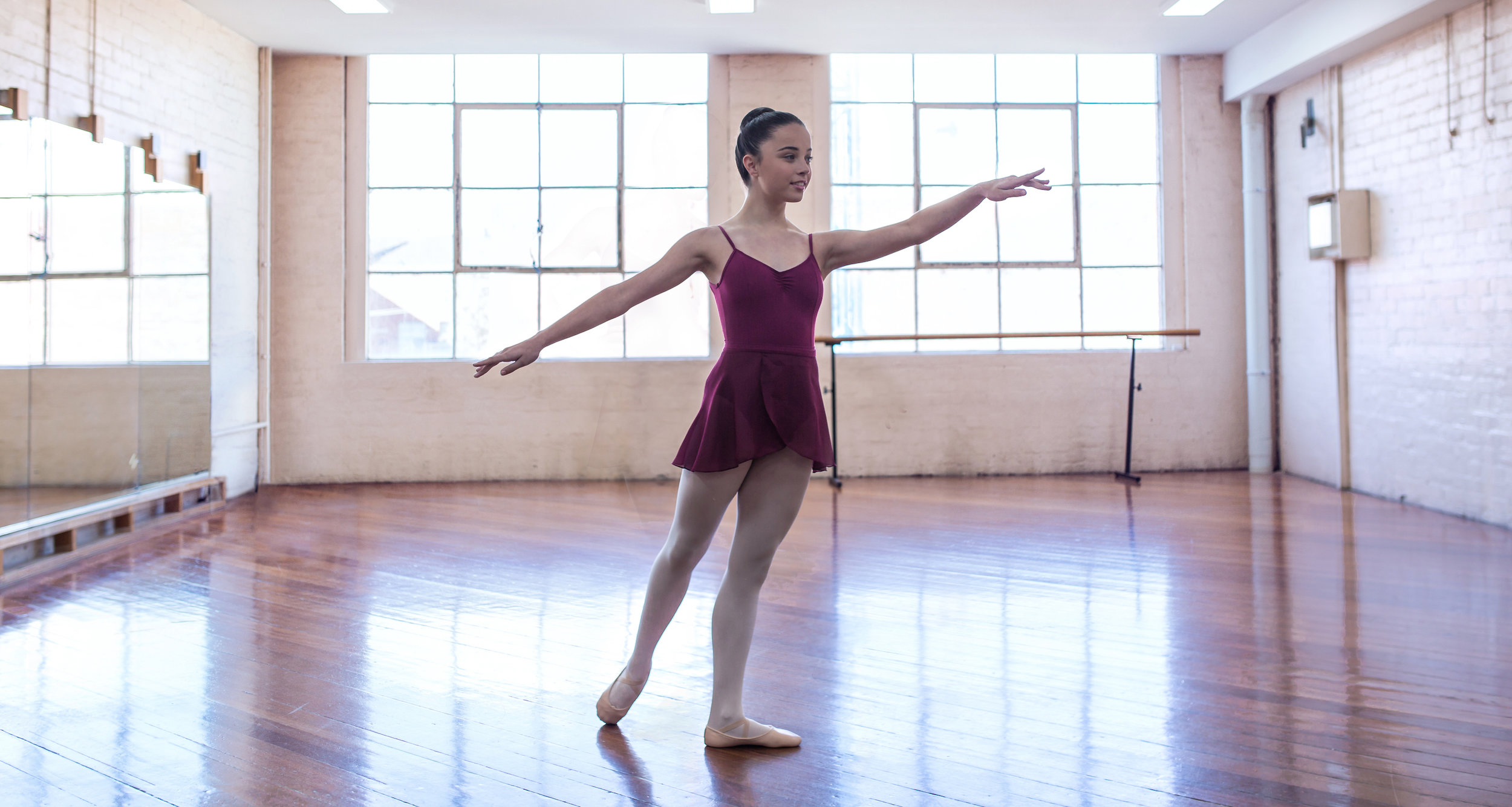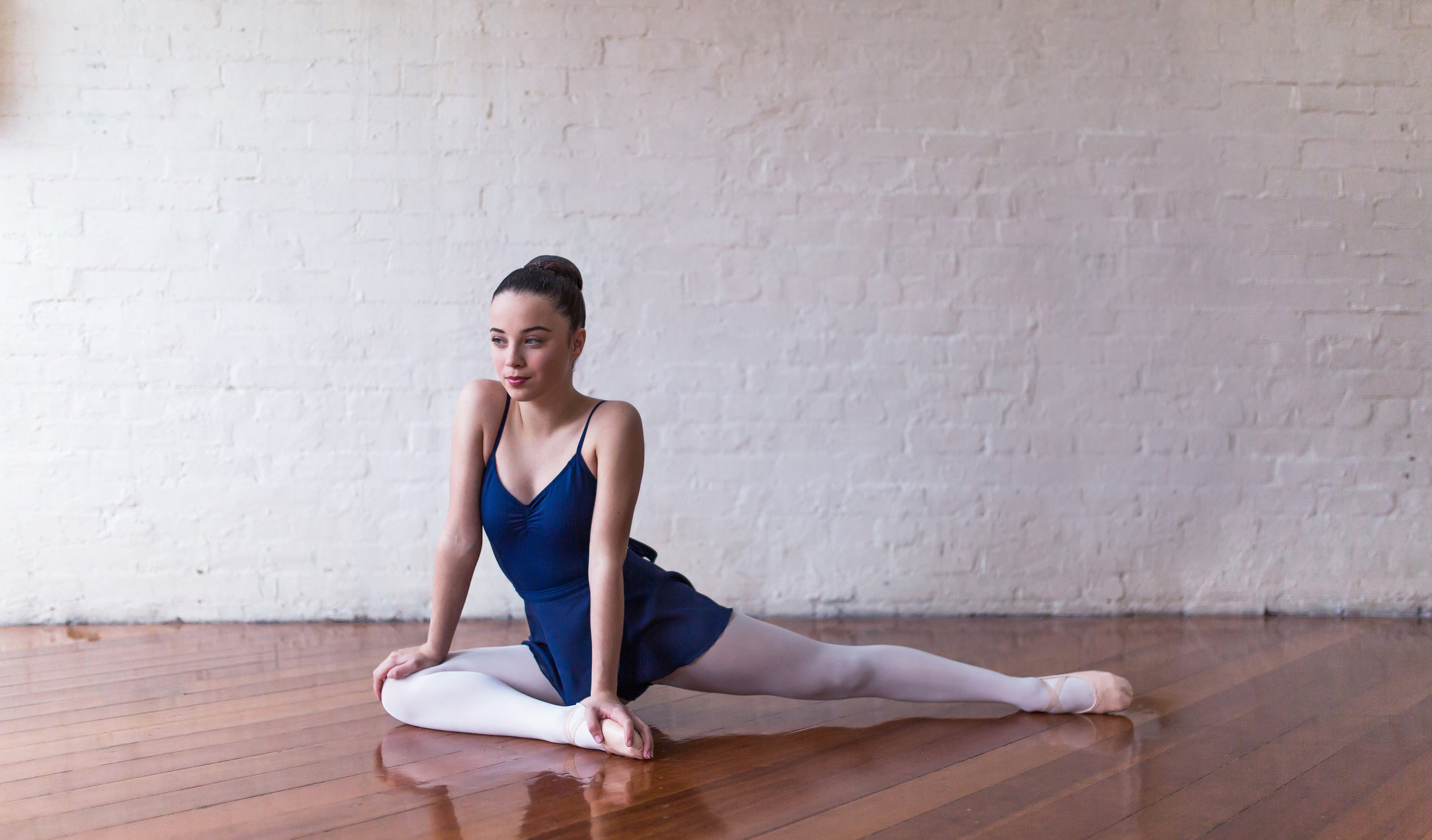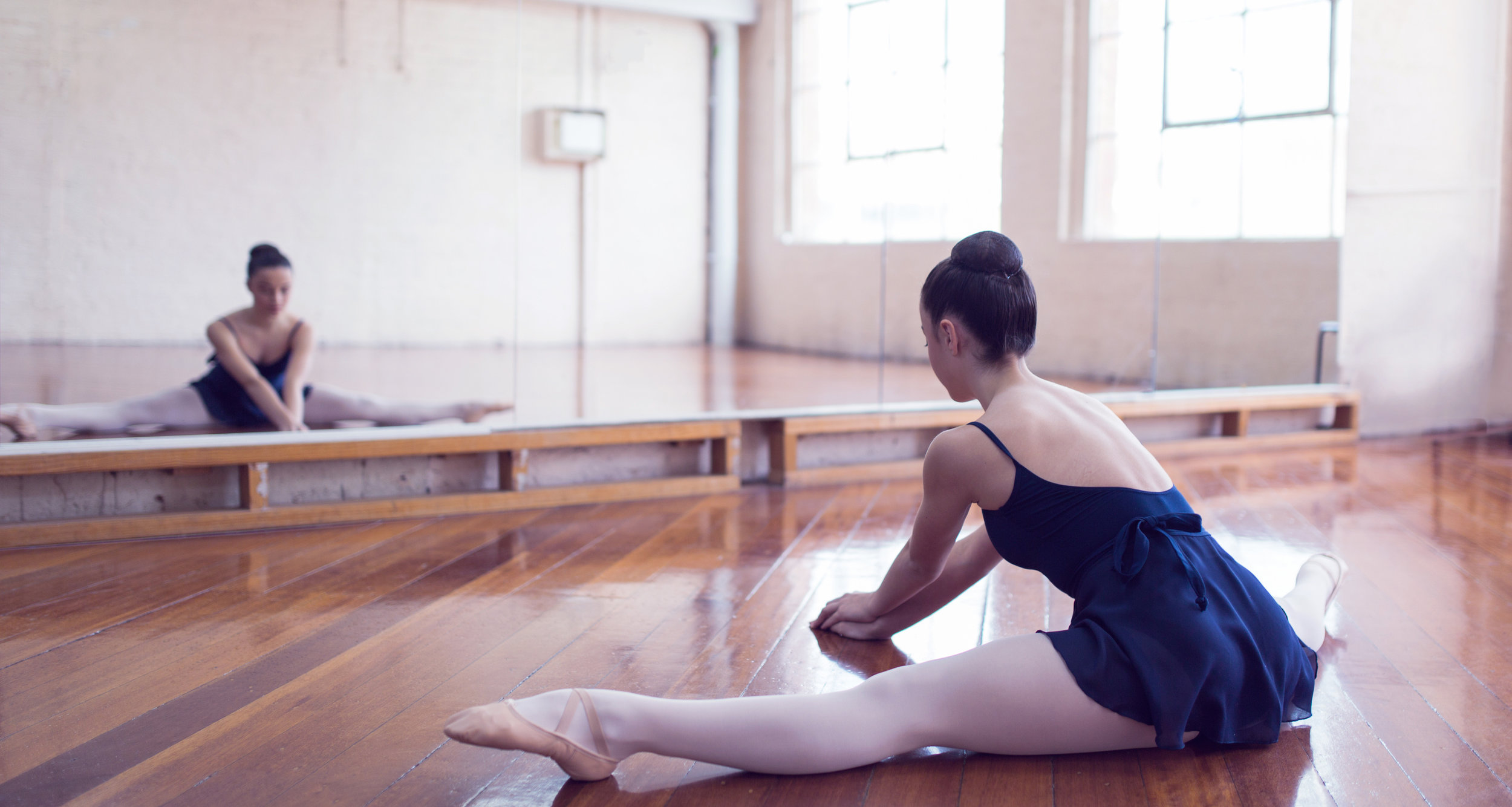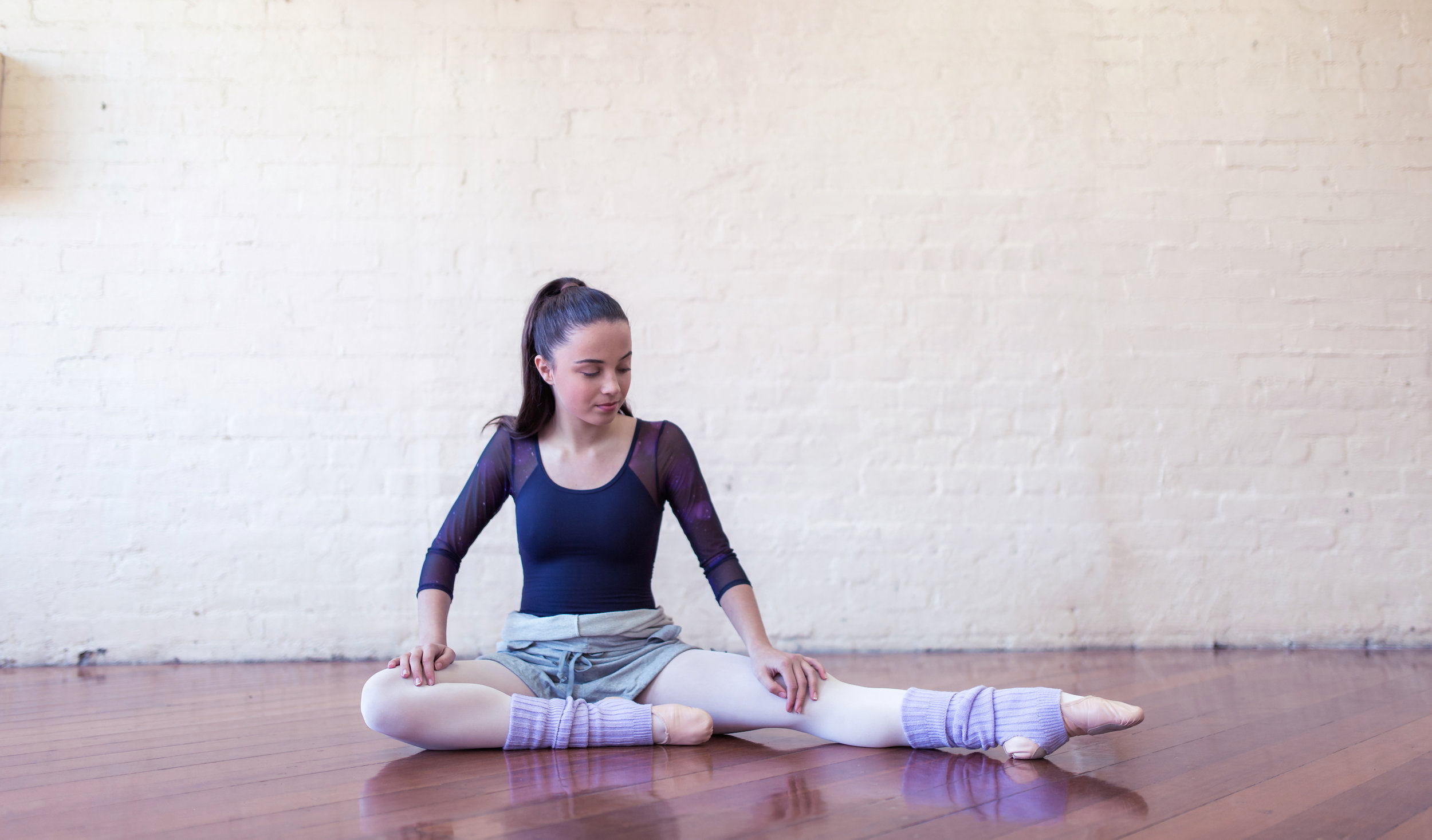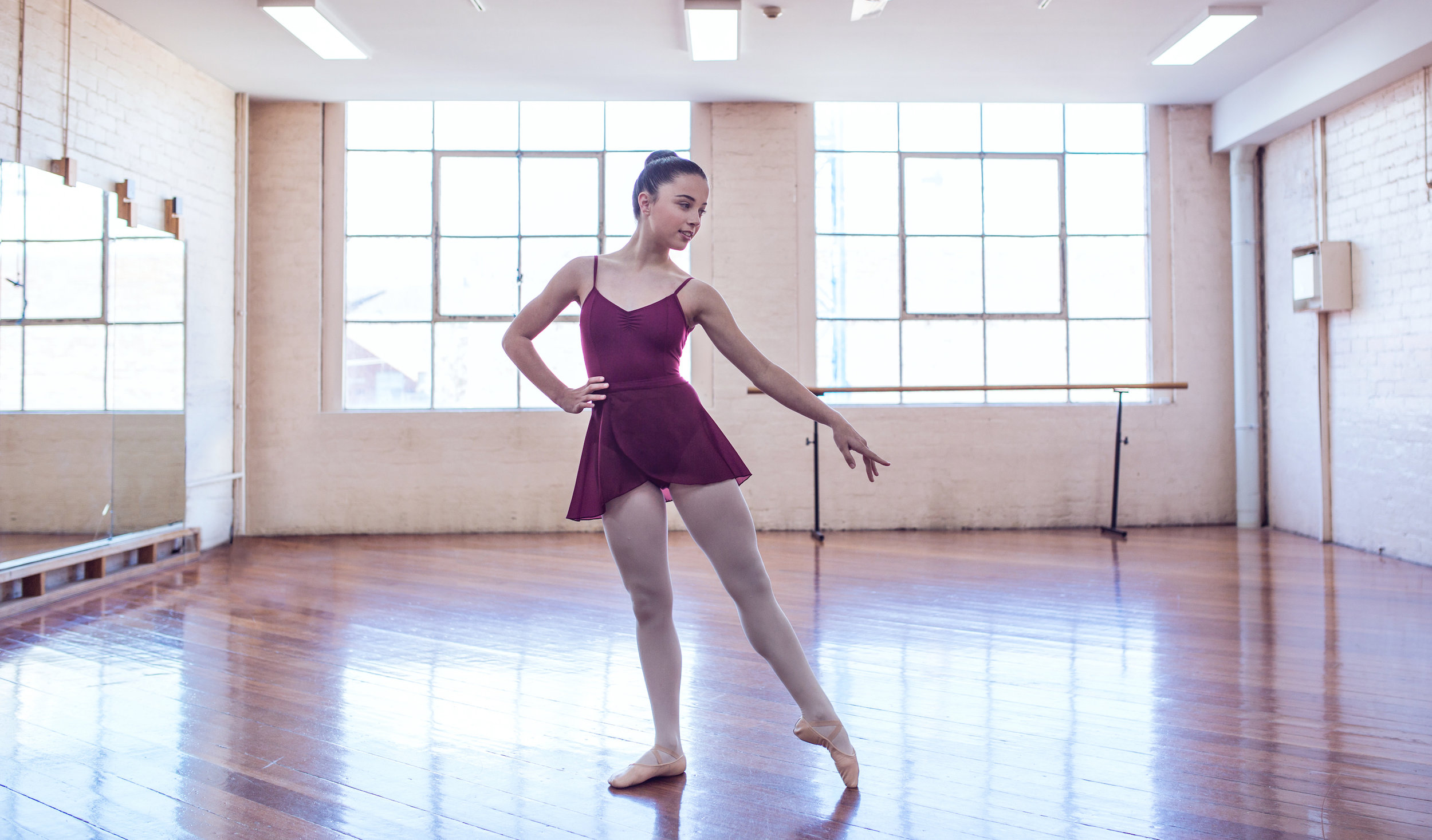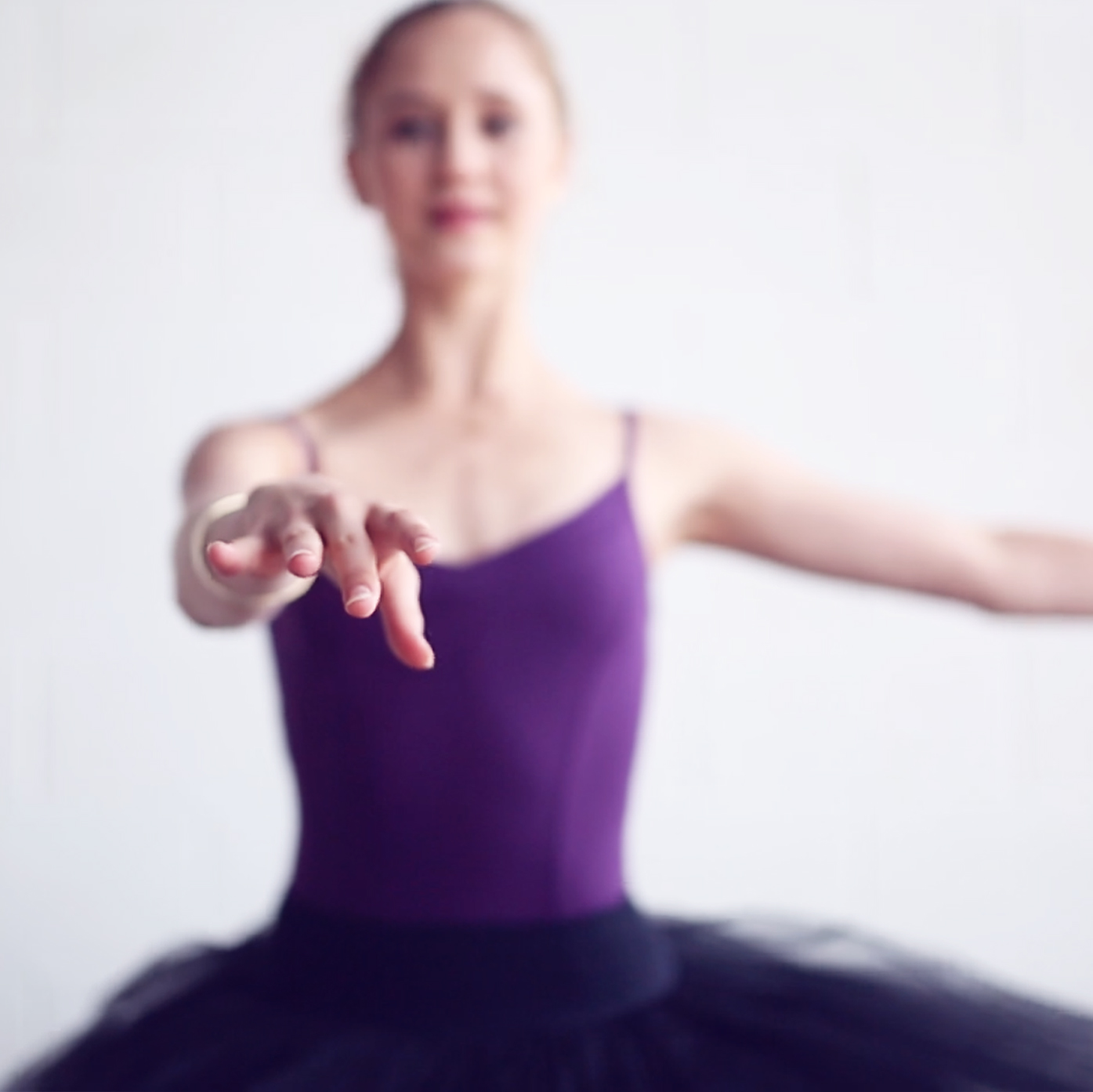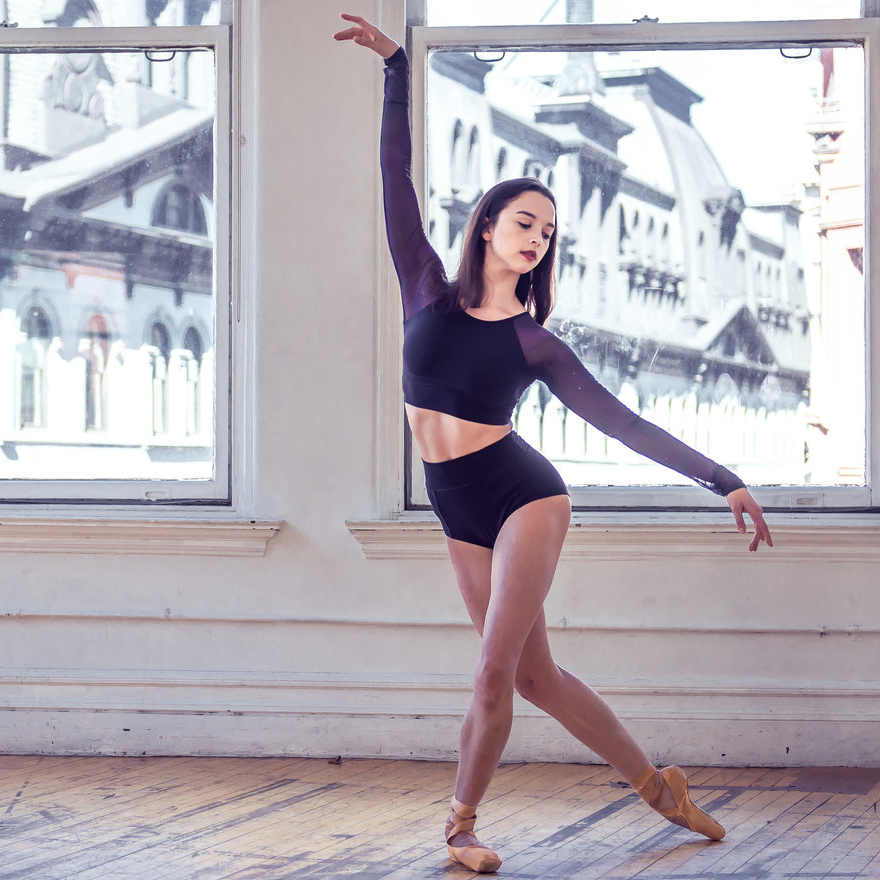Dance Advice: Coping with puberty as a Dancer
Siobhan Mitchell from The Adolescent Dancer joins us to share her expertise and advice for coping with the challenges of puberty as a growing dancer.
Siobhan trained vocationally in ballet before going to the University of Roehampton (London, UK) to study for a degree in Dance Studies. She then went on to study for a Masters in Dance Science at Trinity Laban Conservatoire of Music and Dance (London, UK) and complete a Masters in Research on Health and Wellbeing at the University of Bath (UK) with a focus on growth and maturation, and was awarded a full studentship from the Economic and Social Research Council to study for her doctorate in Health and Wellbeing in 2014. Currently, Siobhan is in the final year of her PhD which focusses on the psychological implications of growth and maturation in dance. More specifically, the implications of maturity timing upon health and wellbeing in elite dancers.
To learn more about Siobhan, see her biography on our contributors page here.
Puberty: Benefits and challenges in the context of dance
As dancers we experience normal life changes in an abnormal setting, an environment with its own set of norms and expectations. The developments that occur during puberty comprise some of the most fundamental changes. Puberty refers to the period of rapid change leading to physical and reproductive maturity – including increases in height and weight, alterations in the accumulation and distribution of body fat and lean mass, development of a variety of secondary sexual characteristics (e.g. breast development) and shifts in body proportions. Negotiating the physical and psychological implications that this brings can be challenging and yet it is also a time of opportunity for dancers to develop in other aspects of their training.
Physical challenges
Some of the resulting challenges are physical. A key event at puberty is the growth spurt, which takes on average around 3 years from beginning to completion. This involves growth in both height and weight and has many implications for the moving body.
When these developments occur is roughly dependant on gender, with girls going through puberty, on average, around 2 years before boys. The most rapid period of growth happens around age 12 for girls and age 14 for boys. It is common for young dancers to be delayed in maturity, though dance itself does not directly lead to this delay; poor nutrition, negative energy balance and genetics all play a role in the timing of puberty.
Basic physical changes such as increases in height, body fat and muscle mass have a temporary but significant effect on physical performance in a number of ways. Rapid growth in the limbs can wreak havoc with balance, co-ordination and flexibility:
As the body grows, the bones grow before the soft tissues, leading to greater injury risk and temporary loss of flexibility.
Rapid limb growth can have a negative impact upon your awareness of where your arms or legs are in space and can alter your centre which you will need to adjust to regain your balance and co-ordination.
These changes will impact upon some of the core dance movements. For example, reduced strength and flexibility will result in lower leg extensions, reduced balance and coordination will affect pirouettes and balance positions and as technical control decreases, risk of injury increases.
Psychological and environment-based challenges
The challenges aren’t just physical. How we adapt psychologically to changes at puberty and how those changes are perceived and managed within the context of dance training is also important.
Sometimes in dance, completely normal and natural physical adaptions associated with puberty can be perceived negatively. Aspects such as breast development, widening of the hips and increases in fat mass are not problems, but just a normal part of growing, though they may seem like a threat to your dance aspirations, your adult physique is determined by a variety of different factors and will continue to change as you continue growing.
To complicate things further, the age at which puberty happens often coincides with a time when most dancers commence more serious training, a greater number of hours of training each week, and take on new physical challenges in training such as pointe work.
As well as more practical implications, the changes of puberty can also have an impact on your psychological wellbeing – things such as self-confidence and motivation can be affected. The potential for these pubertal changes to impact upon psychological wellbeing, dropout and participation in physical activity may be greater in contexts such as dance where there can be high pressure to conform to a particular size and shape and to adapt quickly to physical changes.
Top tips for negotiating some of these challenges
1. Remember it’s temporary!!
Changes in flexibility, balance and co-ordination are all temporary and will settle once the most rapid period of growth is complete
2. Persevere
During the growth spurt you may feel like you’re going backwards or not progressing as much as you would like but things will settle and return to ‘normal’ eventually so don’t lose heart.
3. Don’t compare yourself to others
The timing of puberty and associated growth spurts can differ by up to 5 years between you and your same age peers – so avoid comparing things such as flexibility or body type especially at this time.
4. Be kind to yourself
Don’t set unrealistic expectations for progress during this period. Change/adapt your workload and expectations to suit your changing body, be sure to give yourself adequate rest and focus (where possible) on maintaining flexibility rather than increasing it.
5. Be proactive in how you negotiate changes
More visible changes can be tricky to negotiate, aspects of puberty such as breast development can be especially challenging when you have to wear leotard and tights and use the mirror, these are all normal stages of growth and while they can seem ‘alien’ in a dance environment. Try not to allow yourself to feel self-conscious, work away from the mirror when possible and speak to your teacher about options for dancewear or talk to your peers – some will be experiencing similar worries or frustrations.
6. Adapt the focus of your training during this time
Focus on development of musicality and artistry as well as working to maintain your technique. This will enable you to progress and to focus on aspects of your training where it is realistic to make progress at this time.
7. Focus on how movements feel, rather than how they look
It may be especially helpful to focus on how movements feel as opposed to how they look during this time – rather than obsessing over how movements look, comparing yourself to how you used to look or to peers – focus on the movement.
Ella wears Energetiks Rhea Leotard in Velocity, and Merino Wool Playsuit in Grey Marle
Benefits of puberty for dance training
Although puberty can have many negative connotations in dance, there are also many benefits.
Both boys and girls experience accelerated gains in strength, power, speed, agility, and endurance during adolescence. At this time girls can make steady gains or peak in these areas and for boys they will continue to increase throughout adolescence. Greater strength and power can be advantageous for dance in many ways such as enabling greater power and strength for grand allegro movements. Development of strength can be beneficial aesthetically as well as physically, bringing changes to the physique.
Psychologically, there is also potential for benefit to dance performance. There are two key areas of development taking place during adolescence: cognitive and emotional.
Cognitive development refers to how you perceive and rationalise things. Development of these facets is related to age and experience rather than physical maturation. Emotional development relates to increases in desire for specific types of emotional experience, particularly, excitement.
These developments have the potential to bring significant benefits for you as a dancer.
Ella wears Energetiks Princess Line Camisole in Navy and Navy Wrap Skirt
Significant cognitive development and enhanced functioning
Adolescence is an optimal developmental stage for learning - Development of skills such as planning, logic reasoning, understanding of consequences and problem solving and control of attention and motor responses
Heightened emotional reactivity and sensitivity
Leading to greater self-awareness and social interest which can manifest itself in greater expression and performance
Activation of new motivational tendencies
Greater desire to seek out social goals and rewards which can be beneficial to your dance training in terms of being motivated to test physical and social boundaries and pursue new activities, and high-intensity feelings. This emotional development can create both vulnerability and opportunity; reckless behaviour may be used to seek out high-intensity feelings or equally could encourage a young person out of their ‘comfort zone’ which has significant potential for enhancing your dance performance.
Ella wears Energetiks Princess Line Camisole in Burgundy and Burgundy Wrap Skirt
For more information and advice for the adolescent dancer, or to book your own personal appointment, see Siobhan's website here: theadolescentdancer.com
and follow her page on facebook and twitter.
Article by Siobhan Mitchell,
featuring Ella McMillan for Energetiks.

